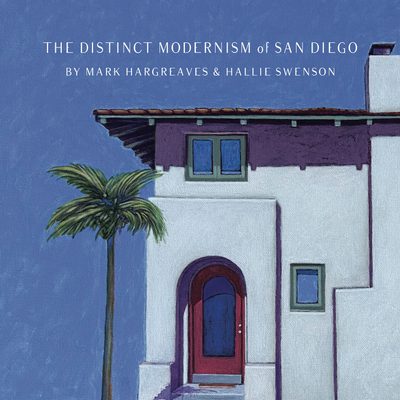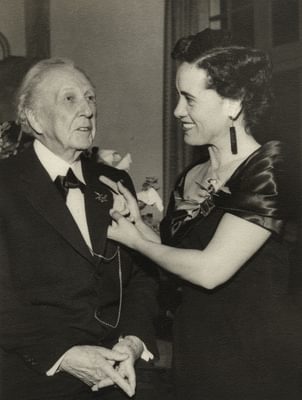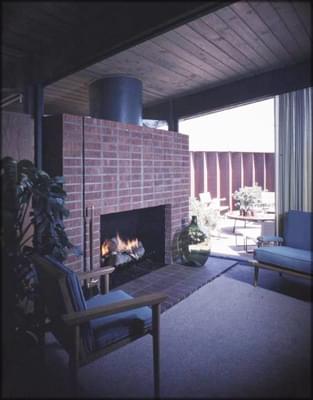Architecture
Preservation and San Diego's Modern Architecture

By Keith York

A number of years ago, David Thompson wrote an article, “Preserving Modernism” for the San Diego Architectural Foundation. In the piece Thompson asserted, “There seems to be something fundamentally nonsensical about using the words ‘historical’ and ‘modern’ in the same phrase but the Modern Movement in architecture is now passing into its second century with many of its seminal structures being well over 50 years old. The common perception remains, however, that Modern structures are intrinsically ‘new’ and this becomes an impediment to the process of preserving these buildings as they fall into disuse, disrepair or into the path of new development.” The juxtaposition of ‘historical’ and ‘modern’ continues to feel awkward – even more so when you consider ‘modern’ at the time was simply ‘contemporary architecture’ which contemporary architects continue to practice today.
Thompson continued, “The subject of building preservation is almost certain to be controversial in the context of managing the evolution of cities like San Diego. On one hand, economic growth is often facilitated by the replacement of old with new. On the other hand, cultural stability relies upon the retention of things that are familiar and/or historically significant. In general, most people agree that there needs to be a balance between unfettered change and no change at all. Where the preservation of buildings is concerned we have developed ways for advocates of development and advocates of preservation to work together in order to make decisions about what should go and what should stay. The trouble with this system is that, unless there are advocates for both sides, the significance of some valuable buildings might never be considered. Until recently, this has been the situation concerning potentially historical Modern buildings.” His thoughts are relevant today. While at the time of the publication, he lamented the loss of Irving Gill’s Klauber Residence and the remodel of the El Cortez Hotel as significant losses absent of advocates fighting for them. His awareness went much deeper – causing us readers to imagine “numerous Modern buildings that have been significantly altered (most often in a manner that was unsympathetic to their original designs) or completely razed with little recognition of what has been lost. These losses range from modest structures constructed by unknown builders to significant works of Modern Masters.”
And of course preserving modernist structures comes with a range of issues, “…unlike the various styles of pre-Modern architecture which tend to be somewhat uniform in appearance, Modern architecture can be less stylistically consistent, making it harder to recognize. The identities of many Modern buildings are also obscured by the fact that the materials typically employed in their construction are also common to the architecturally mongrelized buildings that populate the places where architectural quality is considered unimportant. The most significant impediments to the preservation of Modern buildings are, however, the fact that they are defined more by how they are organized than by their appearance and that the word ‘Modern’ tends to be thought of as a term describing a place in time (i.e. now) rather than the way that these buildings relate to their physical locations and the people they serve. The simple fact of the matter is that few people know about the origins or the principles of the Modern Movement thus making it difficult for them to fully appreciate or value buildings designed under those principles…,” Thompson surmised.
The beauty of Thompson’s article, for me, came when listed the charter members of the San Diego Moderns Committee – a group of professionals seeking to describe the cause, and list the important buildings in our region. The committee at that time included Jack Carpenter FAIA, Homer Delawie FAIAE, John Henderson FAIAE, Kay Kaiser, Diane Kane PhD, Spencer Lake AIA, Neil Larson AIA, Angeles Leira, Paul McKim AIA, Robert Mosher FAIAE and Michael Stepner FAIA. I joined the committee as did Larry Hoeksma and others as we lost members (Kaiser, Delawie and Mosher died during the process).
While the delicate issues of preserving our region’s modernist legacy remain, the absence of passionate advocates is even more troubling. I hope you will join me as we continue our path forward in documenting projects, advocating for their preservation, actively preserving a site yourself, and supporting/championing those that do. Your efforts will not go unnoticed and the legacy will remain long after we are here.
Have an idea or tip?
We want to hear from you!
email hidden; JavaScript is required

Architecture
Modern San Diego Stuff For Sale

Architecture
Frank Lloyd Wright’s Legacy in San Diego

Architecture